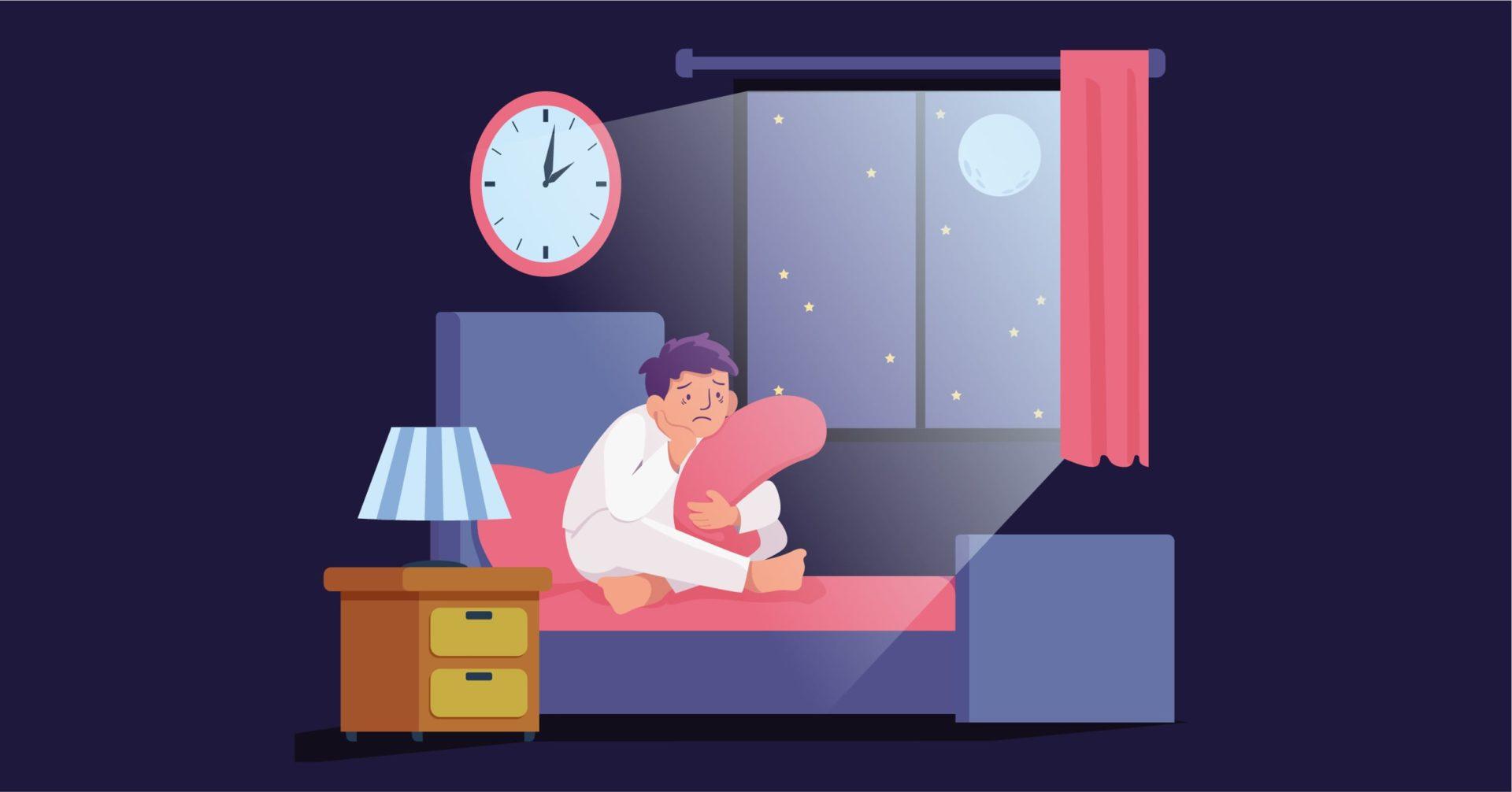Overview
Sedative, Hypnotic, or Anxiolytic medication may be prescribed for a range of conditions including insomnia and anxiety disorders.
However, in certain cases, the use of these substances can lead to intoxication. The manifestation of Sedative, Hypnotic, or Anxiolytic Intoxication is similar to that of alcohol intoxication and can be observed through symptoms such as slurred speech, incoordination, walking unsteadily, cognitive impairment, and so on.
Several treatment modalities are available for Sedative, Hypnotic, or Anxiolytic Intoxication and often depend on the specific substance used. Long-term management is suggested even after acute symptoms have been resolved.
Signs and Symptoms
The signs and symptoms of the disorder follow the use of a sedative, hypnotic, or anxiolytic substance and may be as follows:
- Maladaptive behavioural changes (inappropriate sexual behavior, aggression, etc.)
- Maladaptive psychological changes (mood changes, impaired judgement, etc.)
- Slurred speech
- Uncoordinated movements leading to interference with driving, falling, etc.
- Involuntary, repetitive, and rapid eye movements
- Walking in an unsteady manner
- Problems with attention
- Impaired memory, most often including anterograde amnesia
- Stupor or coma
Risk Factors
While the exact prevalence of Sedative, Hypnotic, or Anxiolytic Intoxication is not known, it is assumed to be closer to the prevalence of Sedative, Hypnotic, or Anxiolytic use. In accordance with the same, a female preponderance of the disorder may be speculated, and an age of onset between adolescence and early adulthood could be considered.
Certain demographic factors have been associated with anxiolytic and sedative toxicity, including being uninsured, unemployed, dealing with panic symptoms or other psychiatric comorbidities, alcohol abuse or dependence, tobacco use, illicit drug use and a history of intravenous drug usage.
Sedative, hypnotic, and anxiolytic medication often involved substances such as benzodiazepines, barbiturates, and carbamates. These substances are commonly found in sleeping medication as well as anti-anxiety medication, and may be prescribed for a multiplicity of conditions including insomnia, generalized anxiety disorder, panic disorder, and so on.
Benzodiazepines work by depressing the central nervous system by inhibiting the effects of GABA (gamma-aminobutyric acid) at the receptors, reducing anxiety. Barbiturates also act as depressants and can be used as anaesthetics or anticonvulsants.
While these forms of medication are widely prescribed for disorders as mentioned earlier, they may also be used illicitly for recreational or other purposes. Flunitrazepam, known commonly as ‘roofies’, are infamously known to be used by sexual predators by mixing the drug in their potential victim’s drink in order to sedate them.
Intoxication can occur when a certain dosage of the substance is surpassed. This may occur unintentionally as a result of developing a tolerance after long-term use, and can occur in the case of both medical and non-medical use of the substances.
Patients may be prescribed sedatives for a certain disorder, but may use the medication in order to achieve a range of results including inducing sleep, reducing the effect of stress, reducing anxiety from life events, mood alleviation, and so on.
This process is known as ‘chemical coping’, and can lead to a pattern of substance use eventually resulting in a build-up of tolerance towards the effects of the prescribed medication.
Due to this tolerance, individuals may end up consuming the medication beyond prescribed and safe dosage. However, in some cases, even overdose may be intentional, such as in the case of attempted suicide.
Diagnosis
The manifestation of Sedative, Hypnotic, or Anxiolytic Intoxication symptoms are often similar to those of alcohol intoxication or intoxication due to other substance.
Bearing this in mind, the patient’s history as well as appropriate physical examination are the most beneficial aspects of the diagnostic process. A clinical history is usually comprehensive and includes important details such as type and time of consumption of the substance, and the amount ingested.
Trying to procure an accurate history from the patient themselves may be difficult due to the symptoms manifested, and may be unreliable; It is thus imperative to try and find a witness such as a family member, close friend, or roommate, as well as from medical professionals who have been involved with the patient, who can provide a concurrent history.
Thorough physical examination must also be undertaken, including an assessment of the patient’s vitals, pupils, physiological excitation or depression, neuromuscular abnormalities, mental status, skin changes, temperature, blood pressure, respiration, and heart rate.
Urine drug screens as well as metabolic panels may be carried out. In case symptoms persist for an abnormally long duration, brain imaging may be considered.
The DSM-5 provides the following criteria for the diagnosis of Sedative, Hypnotic, or Anxiolytic Intoxication:
1. Recent use of a sedative, hypnotic, or anxiolytic.
2. Clinically significant maladaptive behavioural or psychological changes (e.g., inappropriate sexual or aggressive behavior, mood lability, impaired judgment) that developed during, or shortly after, sedative, hypnotic, or anxiolytic use.
3. One (or more) of the following signs or symptoms developing during, or shortly after, sedative, hypnotic, or anxiolytic use:
- Slurred speech
- Incoordination
- Unsteady gait
- Nystagmus
- Impairment in cognition (e.g., attention, memory)
- Stupor or coma
4. he signs or symptoms are not attributable to another medical condition and are not better explained by another mental disorder, including intoxication with another substance.
Treatment
The primary lookout in the case of intoxication is to ensure stability of the patient. Appropriate blood circulation, airway, and breathing is of utmost importance.
In severe cases, endotracheal intubation and mechanical ventilation may be necessary in order to avoid respiratory failure. Specific treatment modalities depend on the specific substance in question.
The typical approach to treatment involves continuous monitoring and supportive care. Activated charcoal may be administered in some cases, but is not recommended for use in isolated benzodiazepine overdose.
In case of benzodiazepine intoxication, the antidote flumazenil may be used to reverse effects. Flumazenil may be administered intravenously, and must be monitored closely as it may cause withdrawal seizures among individuals who have been engaging in chronic benzodiazepine use.
The effects of flumazenil wear off after an hour, and thus in case of severe intoxication, individuals may require multiple doses.
Upon initial management of intoxication and possible overdose, it is also important to provide long-term intervention for concurrent conditions such as psychiatric comorbidities, Sedative, Hypnotic, or Anxiolytic Use Disorder, suicidality, or other possible problems.
Since Sedative, Hypnotic, or Anxiolytic Intoxication is likely to occur when Sedative, Hypnotic, or Anxiolytic Use Disorder is present, adequate support to reinforce abstinence should be provided.
Motivational interviewing, Cognitive Behavioral Therapy, and other psychosocial intervention modalities may be beneficial in reducing drug use as well as helping individuals effectively identify and cope with stressors in their life.
Differential Diagnosis
1. Alcohol use disorders: Distinguishing sedative, hypnotic, or anxiolytic intoxication from alcohol use disorders requires evidence for recent ingestion of sedative, hypnotic, or anxiolytic medications by self-report, informant report, or toxicological testing.
2. Alcohol intoxication: Alcohol intoxication may be distinguished from sedative, hypnotic, or anxiolytic intoxication by the smell of alcohol on the breath.
3. Other sedative-, hypnotic-, or anxiolytic-induced disorders: Sedative, hypnotic, or anxiolytic intoxication is distinguished from the other sedative-, hypnotic-, or anxiolytic induced disorders because the symptoms in the latter disorders are severe enough to warrant clinical attention.
4. Neurocognitive disorders: In situations of cognitive impairment, traumatic brain injury,and delirium from other causes, sedatives, hypnotics, or anxiolytics may be intoxicating at quite low dosages. The differential diagnosis in these complex settings is based on the predominant condition.
Specialist
Immediate treatment for intoxication or overdose may be provided in emergency settings by physicians. Toxicologists and other professionals may be involved in the initial assessment and evaluation. The patient is likely to be referred to psychiatrists, clinical psychologists, or rehabilitation counsellors on the basis of comorbidities.
In Conclusion
The symptoms of withdrawal may make it difficult for people to function normally. Physical changes are also experienced by those who are withdrawing.
Sweating, an elevated heart rate, hand tremors, sleeplessness, nausea, anxiety, hallucinations, and even grand mal seizures may be among them. Before attempting to stop using these medications often and/or for an extended period of time, speak with a medical expert.
It is important to identify and understand the symptoms at an early stage before the concerned person loses the capacity to conduct his day-to-day abilities. Early diagnosis helps in curbing the symptoms and reducing the effects of the disorder.
Get in touch with our experts today.





